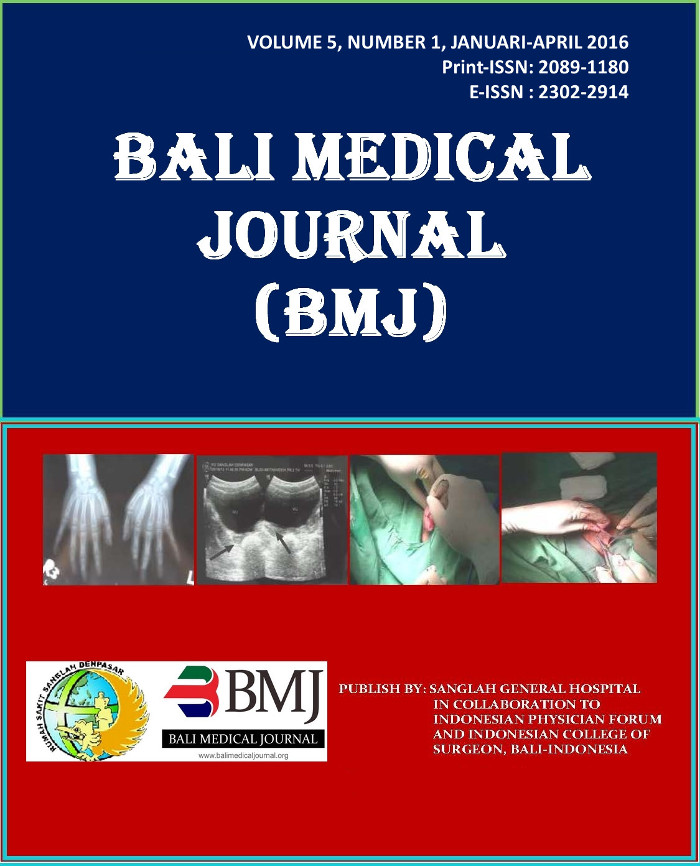Chronic Granulomatous Tolosa-Hunt Syndrome (Case Report)
Abstract
Background: Tolosa-Hunt syndrome is a rare case, characterized by tenderness, persistent around the affected eye and ophthalmoplegia /paresis caused by granulomatous inflammation in the cavernous sinus region, supra orbital or orbital fissure. Although spontaneous remission may occur, even corticosteroid therapy has a very satisfactory effect. However, relapse can occur after remission. We report a case of granulomatous Tolosa-Hunt syndrome in women aged 47 years who suffer from recurrent Tolosa-Hunt syndrome attacks for 4 years on his left eye, there was a significant recovery after receiving steroid therapy. Case: We report A 47 years old with recurrent pain in the left eye since 4 years, pain episode duration of 1-2 weeks, accompanied by double vision when having long or short distance viewing, and when climbing stairs. The patient left eye was protruded with blurred vision and difficulty in distinguishing green color. Left eye examination vision 1/300, green color discromatopsia, normal funduscopic, ptosis, with paresis eye movement toward the superior, inferior, nasal and temporal. C-reactive protein and erythrocyte sedimentation rate were slightly elevated. ANA test was positive. In visual evoked potential, it showed latency elongation of the left face. Head MRI with contrast showed a isointense protrusion on the left cavernous sinus in axial cuts in T1 and T2. Head MRI T1 with contrast on coronal, axial cuts showed the appearance of convex lesions around the left cavernous sinus that enhanced with contrast. Conclusions: The result was clinically and radiographically diagnosed as Tolosa-Hunt Syndrome (THS). Therefore, 10 mg dexamethasone therapy, 4 times a day for 3 days was lowered to three times on day 4, 2 times on the fifth day and one time at day 6. The patient showed clinical improvement. The patient continued 48 mg oral methylprednisolone therapy up to 3 weeks which then gradually decreased and planned head MRI 3 months later.Downloads
Download data is not yet available.
Published
2016-04-14
How to Cite
SAMATRA, D. P.; KESANDA, I M. P.; INDRAYANI, I. A. A..
Chronic Granulomatous Tolosa-Hunt Syndrome (Case Report).
BALI MEDICAL JOURNAL, [S.l.], v. 5, n. 1, apr. 2016.
ISSN 2302-2914.
Available at: <https://ojs.unud.ac.id/index.php/bmj/article/view/21784>. Date accessed: 05 jan. 2026.
Issue
Section
Articles
Keywords
Tolosa-Hunt syndrome, ophthalmoplegia and pain around the eyes


